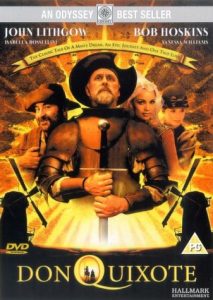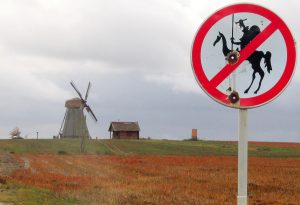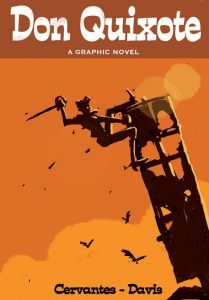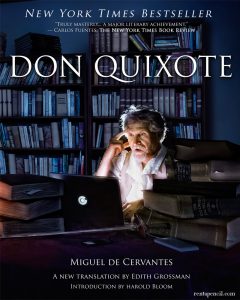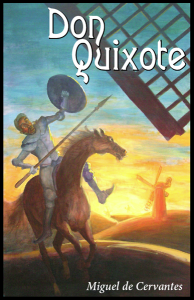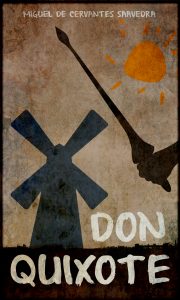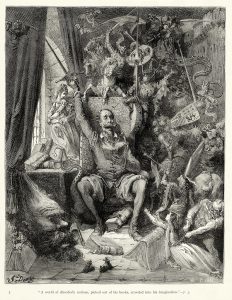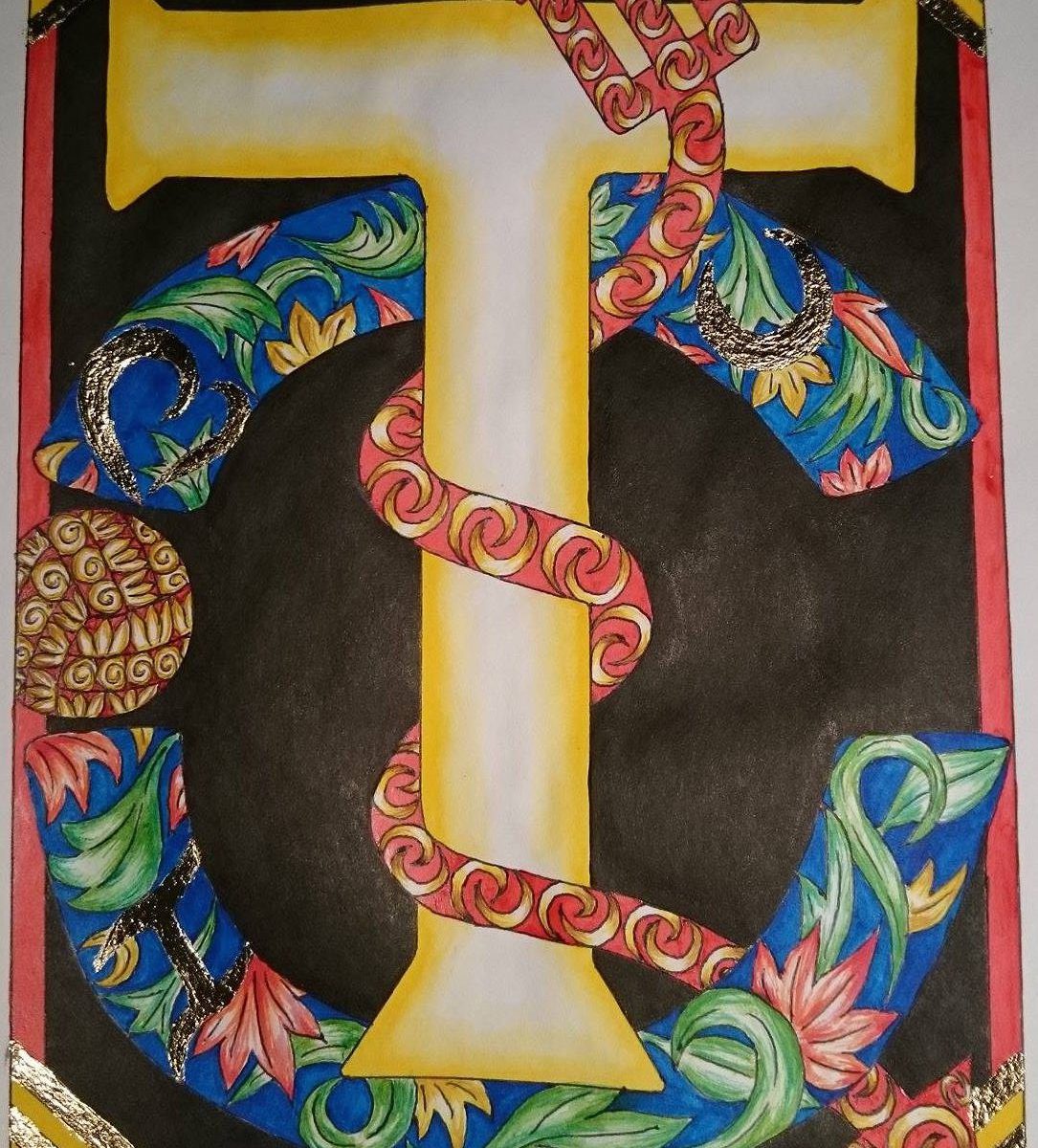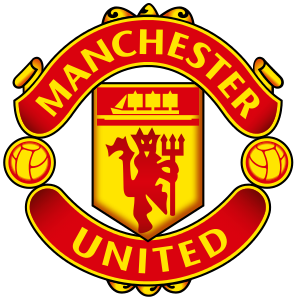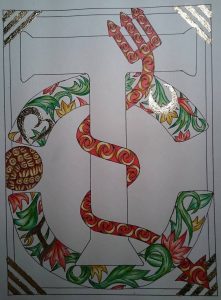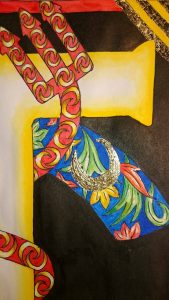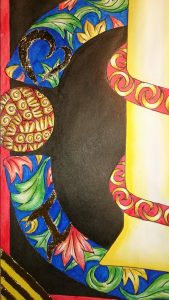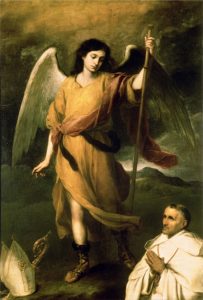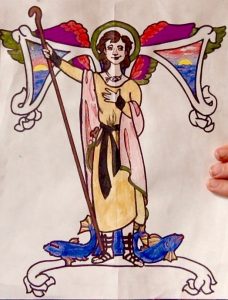I wonder if Don Quixote is considered one of the great pieces of literature because of the reaction it received when it was released to the public for the first time its long history. As we talked about in class, Cervantes grew up rather poor and experienced an adventurous life as a solider and being taken hostage. Because of these facts, the common individual most likely found him a more relatable and likable author, thus leading to Don Quixote being well received upon its release. While there is no denying that Don Quixote is a great novel, there are many instances of notable artwork and literature continuously staying prominent throughout time because of their famous history.
For example, the Mona Lisa is considered one of the most famous painting in the world, not because it’s the most astonishing thing to look at, but rather because of the painting’s history. The Mona Lisa has been stolen numerous times and has been photographed with extremely famous individuals. Because of its continuous prominence in the media, this painting has become a household name. I wonder if Cervantes’ novel has a similar story. Is it really one of the most well written pieces of literature ever, or has its history allowed the novel to stay prominent over many decades?

